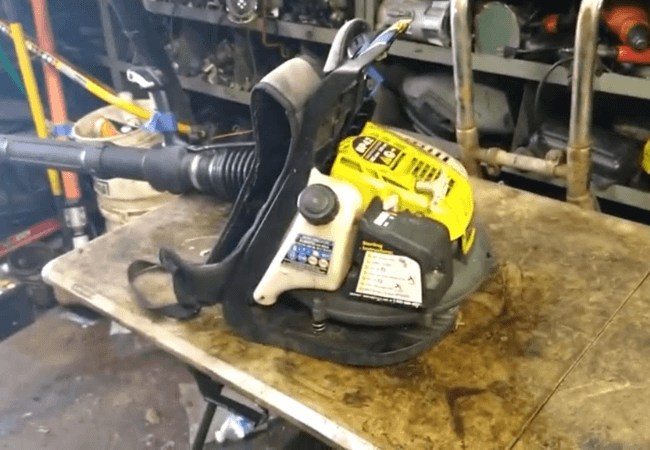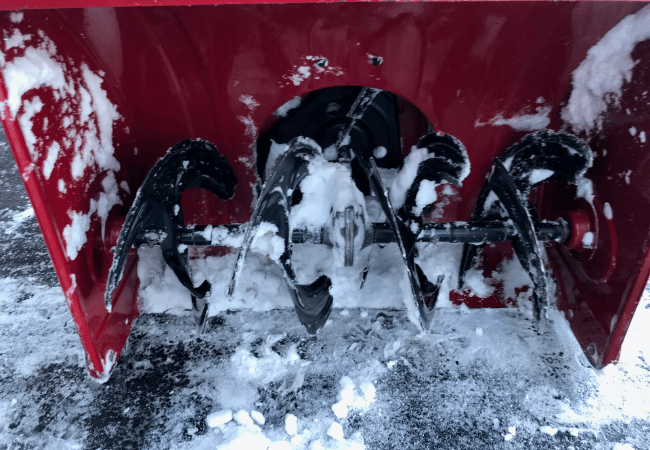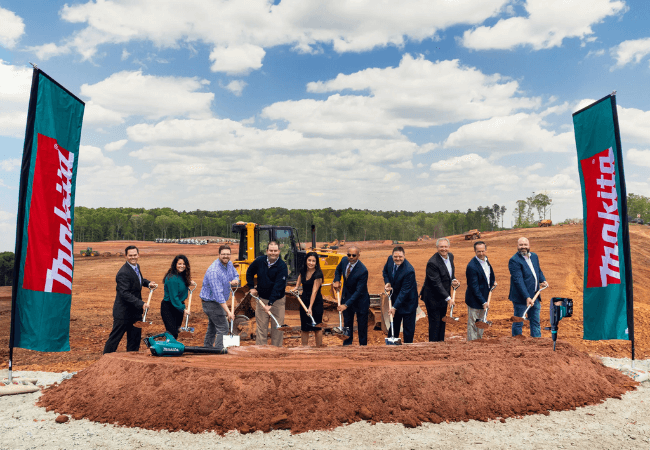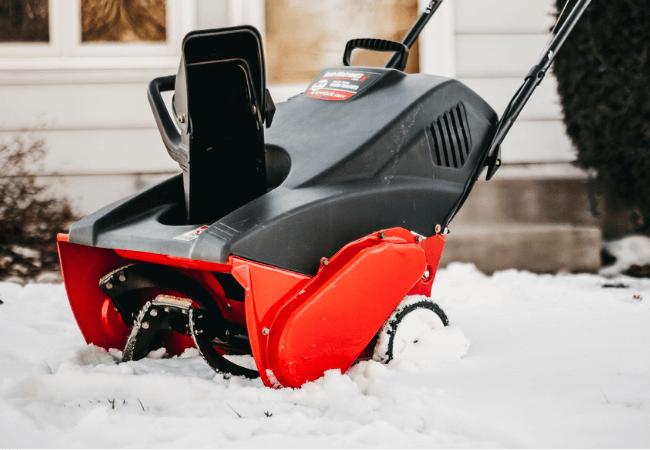Maintaining the cleanliness of lawns, driveways, and outdoor areas is crucial, and leaf blowers have become an indispensable tool for achieving this goal.
Nevertheless, with the plethora of options available in the market, selecting the appropriate type of leaf blower can be a daunting task, requiring considerable time and effort.
One of the most important factors to consider when choosing a leaf blower is its power; two of the most commonly used power measurements are CFM and MPH.
In this blog, we will discuss what CFM vs. MPH leaf blowers are and help you understand how to choose the suitable leaf blower for your needs.
What is CFM?
CFM stands for “cubic feet per minute,” which is a unit of measurement used to quantify the volume of air that can be moved or delivered by a particular device or system in one minute.
It indicates the number of cubic feet of air that comes out of a blower’s nozzle within a minute. For instance, a backpack leaf blower with a 920 CFM rating can displace 920 cubic feet of air through its tube in one minute.
This measurement means that the device or system can move or deliver enough air to fill a cube-shaped space that is 10 feet in length, 10 feet in width, and 10 feet in height, within just one minute.
Knowing the CFM of a leaf blower can help you determine its capability to move materials or clear a particular area in a given time frame.
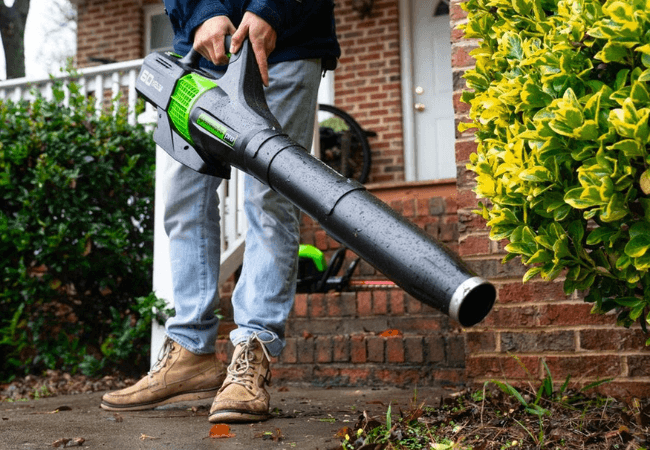
A leaf blower with a higher CFM can produce more air and clear a larger yard faster. If you have a vast property, you’ll require a leaf blower with a high CFM rating.
Typically, leaf blowers with larger and more powerful engines have higher CFM and MPH (miles per hour) ratings.
The impeller generates the airflow and influences the CFM and MPH. The volume and speed of air can be affected by various factors, such as the length of the airflow path, the air’s velocity, and the rotation angle.
It’s important to note that the CFM rating isn’t dependent on the diameter of the tube, unlike MPH. However, the tube can restrict the movement of air.
To boost their CFM rating, some manufacturers measure it without the tube, which can mislead buyers into thinking that a blower has an excellent CFM rating.
What is MPH?
MPH is the abbreviation for “miles per hour,” which is a unit of measurement used to quantify speed.
It is commonly used to determine the speed of vehicles, wind, and other moving objects, making it more familiar to people than CFM.
Regarding leaf blowers, MPH refers to the speed at which air is ejected from the nozzle. For example, the Echo PB-580T leaf blower can produce a blast of air at 215 miles per hour, which means that the air can travel a distance of 215 miles in an hour if it maintains its speed.
MPH indicates the force and speed at which a leaf blower can blow away debris. A higher MPH rating means the blower can forcefully and quickly remove materials.
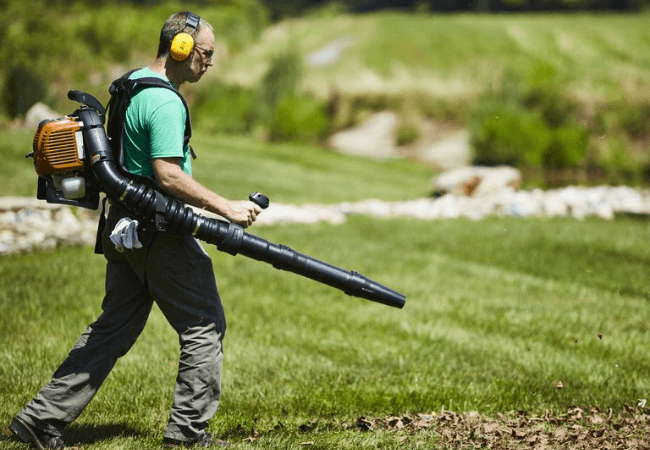
This is particularly helpful when dealing with heavy or wet leaves, sticks, and other objects.
It’s important to note that the MPH rating can be easily manipulated by changing the nozzle diameter.
Manufacturers often use narrower nozzles to boost the MPH rating, but this can be deceptive.
Thus, it is crucial to also verify the CFM rating while selecting a device or system that moves or delivers air. A high MPH rating but a suspiciously low CFM rating indicates deceptive marketing.
CFM vs. MPHLeaf Blowers: What’s the Difference?
While CFM and MPH are measurements of the power of a leaf blower, they represent different aspects of its performance.
CFM quantifies the volume of air that a leaf blower can move, whereas MPH measures the speed at which the air is propelled out of the device.
In other words, a leaf blower with a high CFM rating will move a lot of air but may be moving slowly.
Conversely, a leaf blower with a high MPH rating will be moving air quickly, but it may only move a small volume of air.
Which One is More Important?
When choosing a leaf blower, the answer to this question depends on what you plan to use it for.
If you need to move large piles of leaves or debris, a leaf blower with a high CFM rating will be more critical.
On the other hand, if you need to clean out gutters or remove debris from hard-to-reach areas, then a leaf blower with a high MPH rating will be more helpful.
Other Factors to Consider When Choosing a Leaf Blower
While CFM and MPH are essential factors to consider when choosing a leaf blower, there are other essential factors that you should also take into account.
These factors can significantly affect your overall experience with your leaf blower, so it’s essential to think carefully about what you need from your machine.
1.Noise Level
Leaf blowers can be incredibly noisy, which can be problematic if you live in a densely populated area.
Gas-powered leaf blowers are usually noisier than their electric counterparts, and this should be taken into consideration.
In fact, some cities have established noise ordinances that limit or prohibit the use of leaf blowers during certain hours, so it is important to be aware of these regulations.
2.Size and Weight
The size and weight of your leaf blower will determine how easy it is to maneuver and how long you can use it without becoming fatigued.
If you have a large yard, you may want to choose a backpack-style leaf blower that can distribute the weight across your back and shoulders.
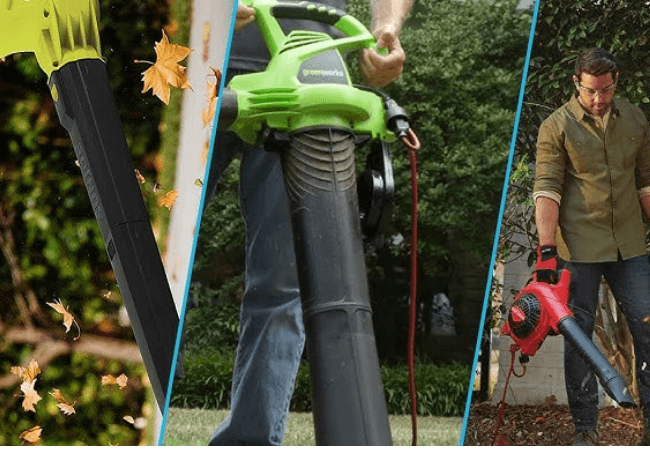
3.Power Source
Leaf blowers are available in two power sources: gasoline and electricity. Gasoline-powered leaf blowers are generally more powerful but require more maintenance, while electric models are quieter and require less maintenance.
4.Price
Leaf blowers can range in price from under $50 to over $500. Consider how often you will use your leaf blower and what features you need to determine how much you should spend.
5.Brand Reputation
Regarding leaf blowers, it’s a good idea to stick with well-known brands with a reputation for producing quality products.
Perusing reviews from other customers can be a valuable resource in determining whether a particular leaf blower is appropriate for your needs.
Understanding the Relationship Between CFM and MPH for a Leaf Blower
When shopping for a leaf blower, it’s natural to wonder what a reasonable range for CFM is and whether MPH or CFM is more important.
To get a complete picture of a leaf blower’s strength, it’s best to consider both CFM and MPH together, as they are related and can affect each other.
CFM, or cubic feet per minute, measures the volume of air a leaf blower can move, while MPH, or miles per hour, measures the speed at which the air moves.
High numbers for both measurements indicate a powerful overall airflow, but they might only sometimes give you a clear picture of what you need from your leaf blower.
Simply put, a high CFM can clear a large pile of leaves, but the leaves won’t be blown as far. On the other hand, a high MPH can push a pile of leaves far away, but the pile will be smaller.
Each type of leaf blower has its typical range for CFM and MPH values. For example, a gas-powered backpack leaf blower might have a CFM of 400-700 and an MPH of 150-250, while a corded electric blower might have a CFM of 300-500 and an MPH of 150-200.
It’s worth noting that manufacturers measure CFM and MPH at the tip of the nozzle, which might not reflect real-world conditions.
Other factors such as weight, horsepower, engine displacement, fuel capacity, battery amp-hours, and voltage can also affect a leaf blower’s performance.
Ultimately, finding the right leaf blower for your needs requires careful consideration of both CFM and MPH and other product specifications.
With a better understanding of how these values relate, you can make an informed decision and find the best leaf blower for your money.
Conclusion
In conclusion, choosing the right leaf blower can be daunting, but understanding the difference between CFM vs. MPH leaf blowers can make the process easier.
It is important to keep in mind that CFM quantifies the amount of air that a blower can move, whereas MPH measures the speed of the air exiting the blower.
Ultimately, the right choice for you will depend on the size of your property, the types of debris you need to clear, and your preferences.
By considering both CFM and MPH and understanding how they work together to provide the power you need, you can choose the perfect leaf blower to keep your property looking neat and tidy.

